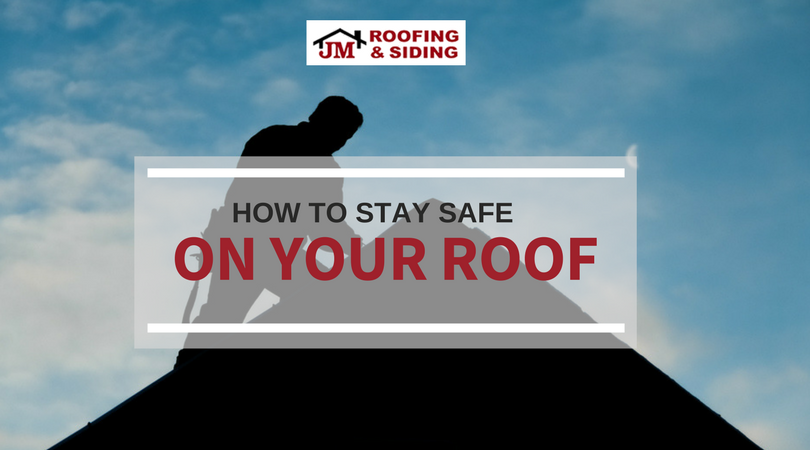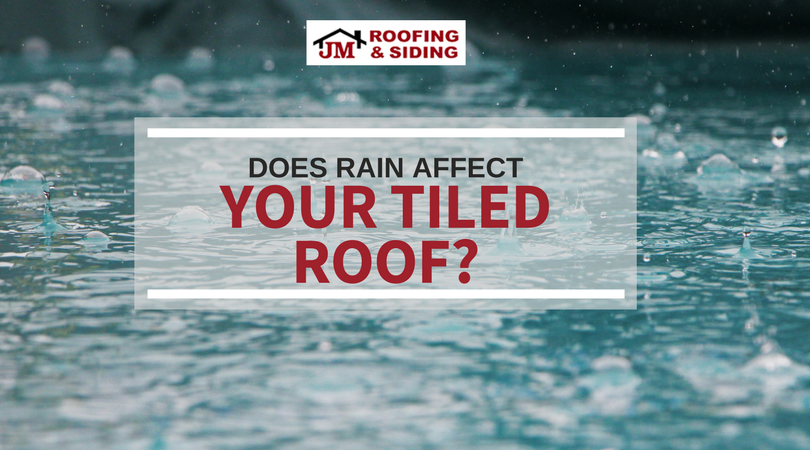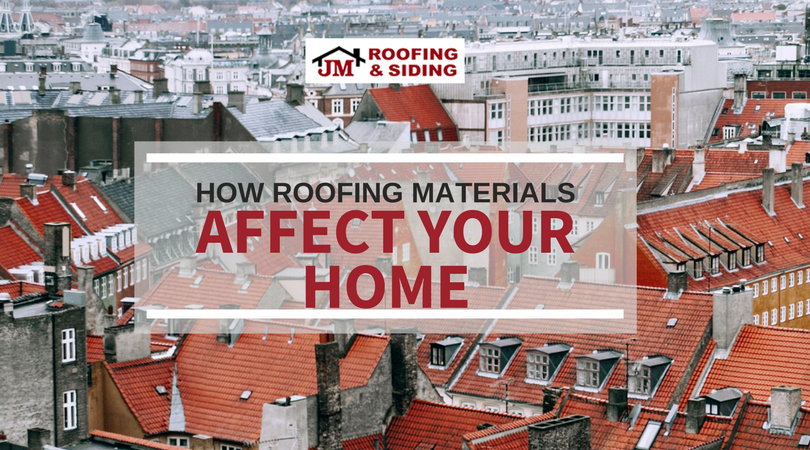After the fall and winter seasons, the gutters of some homes are chock-full of debris. Leaves, pebbles, mud, and other hazards are trapped in those gutters, and the water that enters into the troughs has no place to go. Although this is a common problem, the question remains as to how clogged gutters affect the condition of your home. However, we have the answer you are looking for!
Clogs Can Deal Damage to Roofing
Gutters are known for hanging off the side of your home, collecting rainwater and transferring it to a predetermined outlet. While gutters ensure your home doesn’t develop a moat, clogged drains can impact the health of your roof. When gutters become clogged, they collect rain water that has no place to go. When the clog is left alone, rain water will begin to swell and pour over the side of the gutters. While this is bad for your property, the reality is that roofs aren’t mean to hold clogged gutters for weeks on end. Clogged gutters are heavy from the added weight of the rain water, and when the clog isn’t released, it may end in gutters getting ripped away from your house, taking a piece of the roof with it. Therefore, ensuring that your channels are clean of debris is one of the best ways to protect the health of your roof.
Clogs Can Deal Damage to Siding
As previously mentioned, clogged gutters will eventually overflow with trapped water.
This water will run down your siding and can cause some issues like:
- Rot
- Mold
- Wear and tear
- Chips in the paint
As you can see, clogged gutters can severely impact the health of your home. If you have plugged drains, JM Roofing & Siding can help. Contact us for a free estimate for debris removal!










